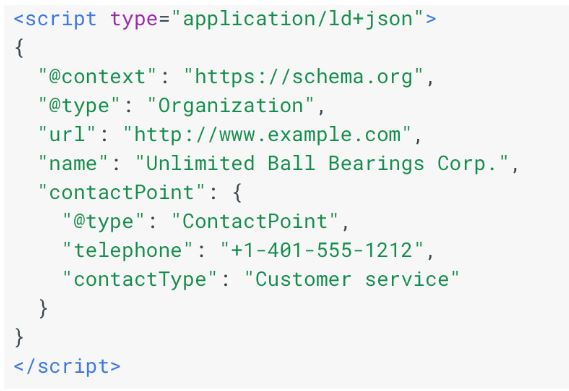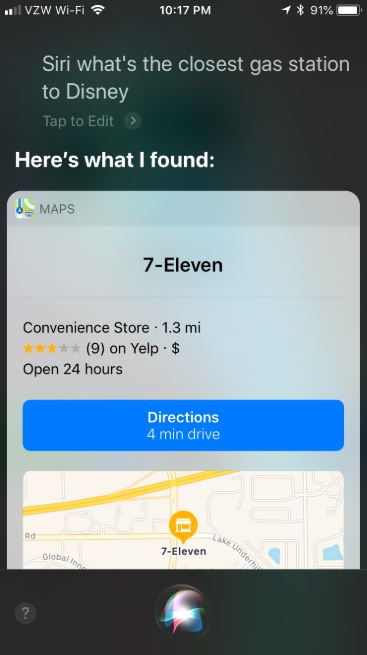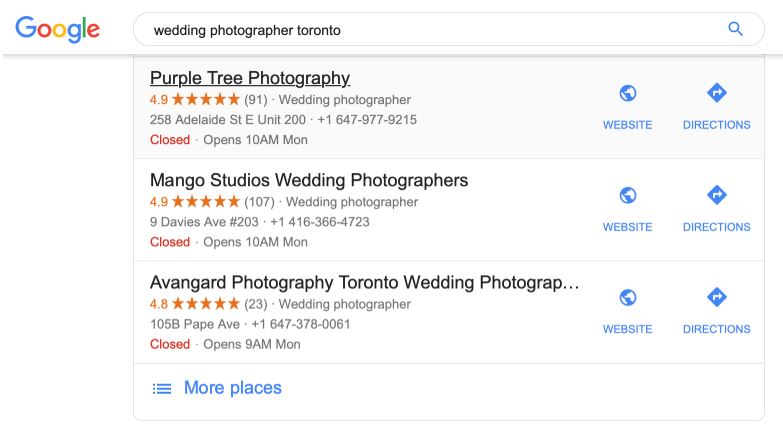Is there anything crazier than the thought that ‘Have your people call my people’ might one day soon become ‘Our bots have it sorted out already’?
Marketing has changed drastically in the last ten years as our relationship with the internet has changed, new platforms have become available, and technology has advanced at a record pace. We’re now living in a world where automation and convenience are being prioritized, which is shifting how the marketing game is played.
As a result, we’re seeing new opportunities and challenges that we’ve never quite experienced before. One of these areas is bot-to-bot marketing, which is becoming increasingly more prevalent, requiring marketers to keep up so they don’t risk falling behind.
What Is Bot-to-Bot Marketing?
Bot-to-bot marketing is the direct result of bot-to-bot interactions, which is becoming increasingly common online.
In order to automate both marketing and research tasks, software has been developed to tackle some of this for you. Chatbots are being programmed, for example, to answer customer inquiries about everything from store policies and pricing to where in transit their package is.
In the midst of all of this, consumer-oriented AI and bots have advanced, with virtual assistants like Siri and Alexa being developed so that they can set a timer to tell you when you’re dinner is done, and then locate and call a local restaurant to order delivery from once you ignored the first timer and burned your dinner.
As a result of all the automation and AI usage increase, we’ve now got bots communicating with– and even marketing to– other bots. We’ve officially entered the age where bot-to-bot marketing is something that your brand needs to be considering.
How Does This Affect Consumers?
Consumers who are on the receiving end of bot communicating can benefit, because they’re essentially given the cream of the crop in terms of results, only getting the information that’s most relevant to them. Instead of sorting through ten pages of search results, they’re given a single answer. This is fast and it’s convenient.
Bots, after all, are able to do research work for customers (including B2B customers!), collecting data from other sites and their bots with basic data like pricing, features, how something works, and more.
While this is good in theory and it’s definitely convenient, bot-to-bot communication can lack nuance that ultimately inhibits the customer’s experience.
Here’s an example. There is software available that quickly scans every potential insurance policy price you could get for your individual needs and history, and they’ll tell you if you’re paying the lowest price. It’s fast and it’s simple.
What this software may not consider, however, are factors like customer happiness with that insurance company that offers the lowest quotes, or how difficult it is to file a claim with them.
Another example: Maybe you’ll ask Siri for a local’s stores operating hours. The bot tells you, but neglects to tell you that today there may be holiday early closing hours, because this isn’t what you asked.
There are a lot of details that get left out or questions that can’t be either asked or answered when you’re letting bots take over for your completely.
How Marketers Can Optimize for Bot-to-Bot Marketing
While there are pros and cons of bot-to-bot marketing from both the consumer and marketer side, it’s clear that the capabilities are here and that you need to be ready.
Remember that some bots and virtual assistant tools like Siri and Alexa look at convenience. If you ask them to help you find a local shoe shop, they may tell you about a single option and ask if that’s what you’re looking for. This is the same way bots handle information; they look for the simplest and most accurate answer that they think is relevant to the user, and offer that first.
Optimization for bot-to-bot marketing is important, therefore, because you don’t want to risk having information that isn’t crawlable when your audience needs it.
Here are a few crucial ways that you should be optimizing for this development in technology and automation:
- Adjust for voice searches. This is the adjustment you should make immediately to start optimizing for bot-to-bot marketing, because virtual assistants have led to an enormous increase in voice searches. It’s even estimated that 50% of all searches will be voice searches by mid 2020.
- Voice searches will typically read a little different than typed searches, and brands need to keep this in mind. You might type “restaurant near me,” for example, but you might say “Find a good restaurant near this hotel.”
“Near me” searches will likely continue to increase, as mobile users typically have a more immediate need, and you’re going to see an increase in long-tail, conversational keywords. Adapt, and consider optimizing your pages and Google My Business listing for these terms.
- Focus on search reputation. When virtual assistants are scaling the internet for answers to your every need, they’re looking for relevance but also quality. They want to give you information you can trust.
As you work to build your online presence and your SEO, you should also look at getting reviews whenever possible. As you boost your reputation, you’ll have a better shot at appearing in featured snippets or showing up in top results.
- Use structured data on your site. While humans don’t really care much if you have text overlayed on an image, you need to make sure that your site content can easily be read and crawled by bots. Use structured data on your site for all crucial information to make sure that it’s bot-accessible.

- Consider common customer needs and questions. Bots prowling the internet are likely going to be looking for similar answers over and over. Consider common customer needs and questions, and make sure that this information is crawlable. You can place it in an FAQ section. If you use chatbots, you should also program them carefully to answer these questions, and treat everything like it’s an opportunity for a featured snippet.
Conclusion
Bot-to-bot marketing still sometimes seem like an almost alien, from-the-future concept, but it’s already here. Even though most searches are still happening manually, that may not be the case for long, so it’s essential that brands adapt now. Agility is key in marketing, and using the optimization tips discussed in this post will help ready you for what’s coming next so you aren’t left behind in the dust.
Want to make sure that you stay ahead of the marketing curve?
About The Author
Dave Burnett
I help people make more money online.
Over the years I’ve had lots of fun working with thousands of brands and helping them distribute millions of promotional products and implement multinational rewards and incentive programs.
Now I’m helping great marketers turn their products and services into sustainable online businesses.
How can I help you?









